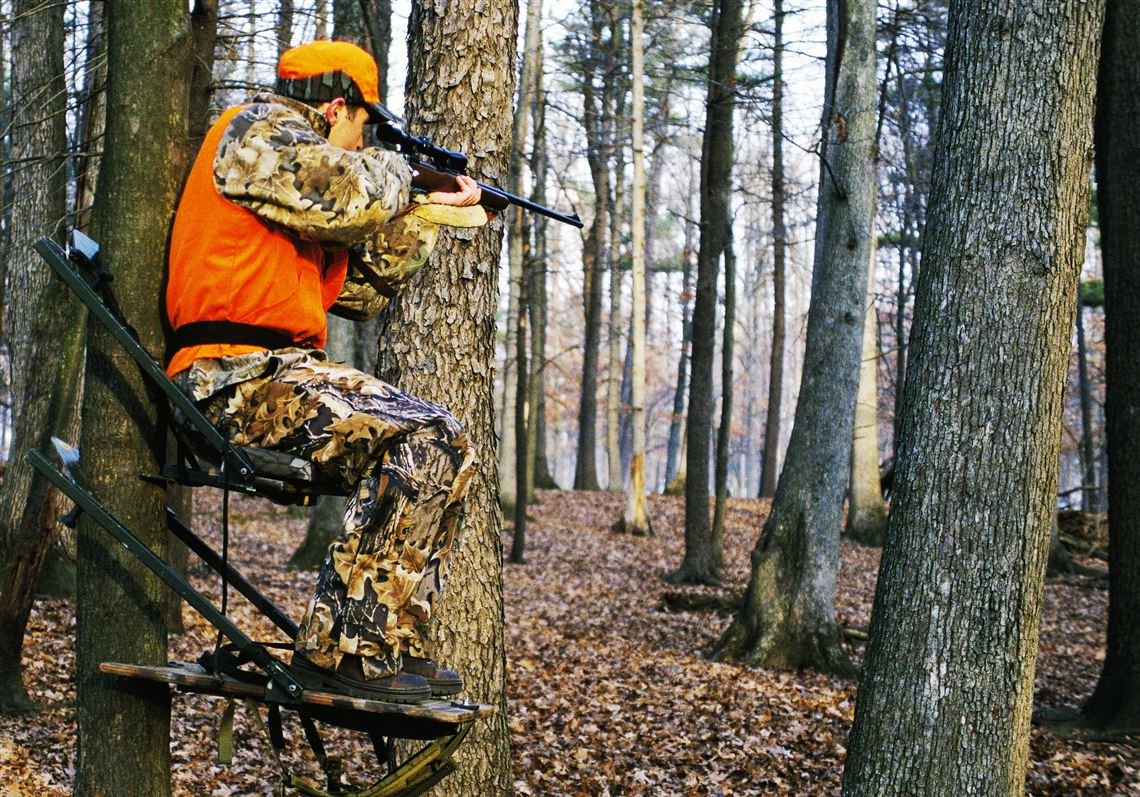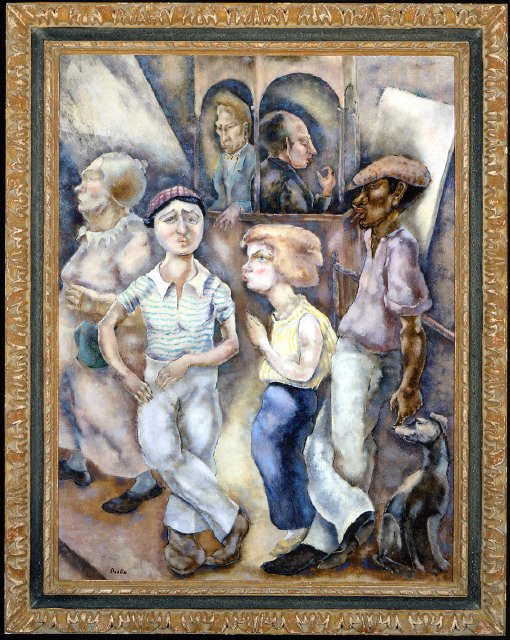I’m Ava and I am a freshman this year. I am also from Ohio, a northerner. Being from Ohio I am an Ohio State fan who does not really follow football but I know about the Big 10 Conference mostly due to geographic location and family tradition. Something about the culture of sports in the Southeastern Conference (SEC) is fascinating to me. The way people dress for the games and the way they act at tailgates, just to name a few. The way they do sports is just different from the Big 10. So, I chose to do my research and create my paper on SEC football and how SEC football fans confirm the stereotype that southerners hold firm in their beliefs. I will prove this through discussing traditions such as tailgating and SEC history and also by comparing SEC fan’s attitudes to traditional southern voting attitudes. Some similar mentalities, such as “us vs them”, can be seen within politics and the football fandom. Southern football fans and voters often identify with their chosen “team” (whether it be on the field or a political party). I think this is a very interesting relationship to discuss and look into the similarities and how old political traditions have rubbed off onto SEC fan’s attitudes towards the sport and their team.
I’m Liz Williams, a freshman. I’m from Georgia, so I grew up immersed in Southern culture. One of the parts of Southern culture that I did not participate in, but was constantly surrounded by, was hunting. My uncle, cousins, friends, and classmates were often heard talking about a Saturday morning spent hunting for deer, ducks, hogs, and a few other forest dwelling creatures. I often ate these animals at group events, and even more often saw their heads up on the wall. And the people who weren’t avid hunters still owned a gun or two. Guns, for better or worse, are an integral part of Southern culture. It’s a stereotype, but one that is based in reality. The topic I want to explore is how hunting culture contributes to the idealization of gun ownership and the avid defense of the interpretation of the second amendment that says that all citizens need guns to protect themselves. I know that the types of guns used for hunting (bolt-action rifles and shotguns) are disproportionately distributed in the rural, conservative areas, of which the south has an abundance. I know that conservatives are more likely to defend gun ownership. And I know that guns cause a lot of death in the United States. This is why I chose this topic. Most gun related deaths aren’t done with single shot rifles. But the insistence upon having guns, especially in the home, expands not just to hunting guns, but handguns, semi-automatics, and assault rifles. I want to explore this topic because I want to know how many people actually want their guns just for hunting, and how many want them for other purposes.

So what are the similarities between our two topics? The most obvious is that they are both recreational sports. They can be competitive and form camaraderie. A less obvious similarity is that they are leisurely activities that divide people more than they should. Both football and hunting seem inconsequential, but they create animosity between people on one side and those on the other. In football, there is a divide between fans of different teams. In hunting, there is a divide between those who argue for the benefits of hunting, and those that argue the consequences. Both of these show up politically as well. Football is almost a mirror of politics. It shows how easily people can be caught up in the “us vs them” mentality and do anything to stay dedicated to what they believe in. Hunting, especially as it relates to gun ownership, is a right vs left issue. It was mentioned earlier how conservative areas have more hunting weapons, and how conservative people are more ardent defenders of gun rights.





